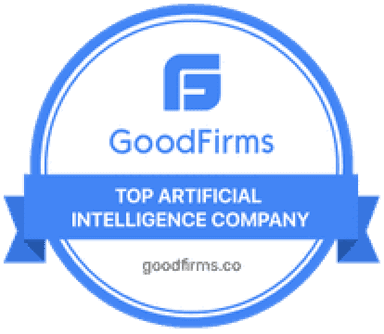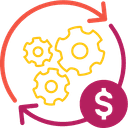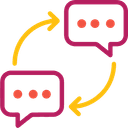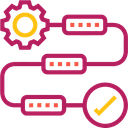Machine Learning Model Accelerates Healthcare Record Processing by 87%
Expertise Delivered
Industry
Our client,
Our client, UKHealth, is one of the largest healthcare service providers in the UK. UKHealth manages thousands of hospitals and care units providing healthcare to the people of the UK. Apart from multispeciality hospitals, diagnostic clinics and pharmacies are also managed by UKHealth. They make healthcare services more efficient and accessible.
Disclaimer - The name UKHealth is a placeholder as there is an NDA signed between both parties.
Challenge
Our client, UKHealth, is responsible for the smooth working and data management of thousands of hospitals and clinics across the UK.
The doctors working at these hospitals and clinics would generate hundreds and thousands of discharge, referral, and follow-up letters daily for patients across each medical facility.
To maintain patient records, data teams of UKHealth would have to manually assess, classify, and update the data from these diagnosis letters into specific categories of:
- Discharge
- Follow-ups
- Referrals
Due to the high volume of letters, a sizable team was deployed to analyze these letters and manually classify them into the central Hospital Information Management System (HIMS) of UKHealth. Manually feeding and categorizing the data into the systems was time-consuming and resource-expensive. It also had a high chance of errors/discrepancies.
Solution
Looking at the massive volume of letters to be read and manually classified, Maruti Techlabs designed a machine learning model that would automatically extract the data from the letters and classify them into the 3 set categories without any human intervention.
To achieve this, our ML team developed a text extraction and identification model based on a 2-step process:
1. Text Extraction via OCR (Optical Character Recognition):
The first step was to organize the humongous amount of diagnosis letters and convert them into a structured dataset that our machine learning model could read.
To accomplish this, we first stored these physical printed letters of diagnosis as scanned digital files. Using OCR, we trained the text extraction model to recognize and process text from these digital files into something that the model could read, tag, and understand.
For this, the program analyzed the structure of the letters and divided them into separate elements like text, images, tables, etc. Once the characters were singled out, the model then proceeded to the next step, i.e., identification via NLP.
2. Phrase Identification via NLP (Natural Language Processing):
The next step was to enable the model to make sense of the extracted text and classify the letters correctly. For this, we designed a Natural Language Processing algorithm.
Using NLP, the model could interpret words and sentences as vectors (numbers representing the meaning of the words) and match them with the corresponding entities. The ML model picked up context-specific phrases like ‘see you in 3 months, ‘completely discharged’, ‘not required to meet again’, etc.
Based on the above, each letter of diagnosis was automatically labeled under one of the three categories:
- Discharge
- Follow-ups
- Referrals
Our team integrated the entire machine learning model with our client’s central Hospital Information Management System (HIMS) for automatic updating and easy management of patient records. Integration with HIMS led to easy visualization of data for decision-making.
Confidence Score of the Model:
Initially, the confidence score was 80% at the time of model deployment. It was then followed by 85% with over 6 months of supervised training.
Move beyond keyword match. Identify user intent & context via custom NLP models.
Technology Stack
Decrease in processing time
Increase in patient data management accuracy
Decrease in headcount required
Our Development Process
We follow Agile, Lean, & DevOps best practices to create a superior prototype that brings your users’ ideas to fruition through collaboration & rapid execution. Our top priority is quick reaction time & accessibility.
We really want to be your extended team, so apart from the regular meetings, you can be sure that each of our team members is one phone call, email, or message away.
NLP implementation steps are often very specific to the tasks that need to be executed. Our fundamental process relies on various text and data analysis tools to simplify human-machine interactions and enable businesses to deliver next-generation digital experiences that are contextually relevant, highly interactive, and refreshingly human.
AI Readiness Audit
Finding the right AI partner is no easy task.
Building an AI product that delivers on value, is even more challenging.
We help you get started with a slightly different approach. Before we get into the trenches and kickstart development, we take a top-down approach with an AI Readiness Audit.
This involves really validating the idea, through qualitative and quantitative analysis of your datasets, identifying the best fit approach to model development, and putting together an implementation roadmap.
All this before writing a single line of code, and investing heavily into the idea.
Achieve more with less.































